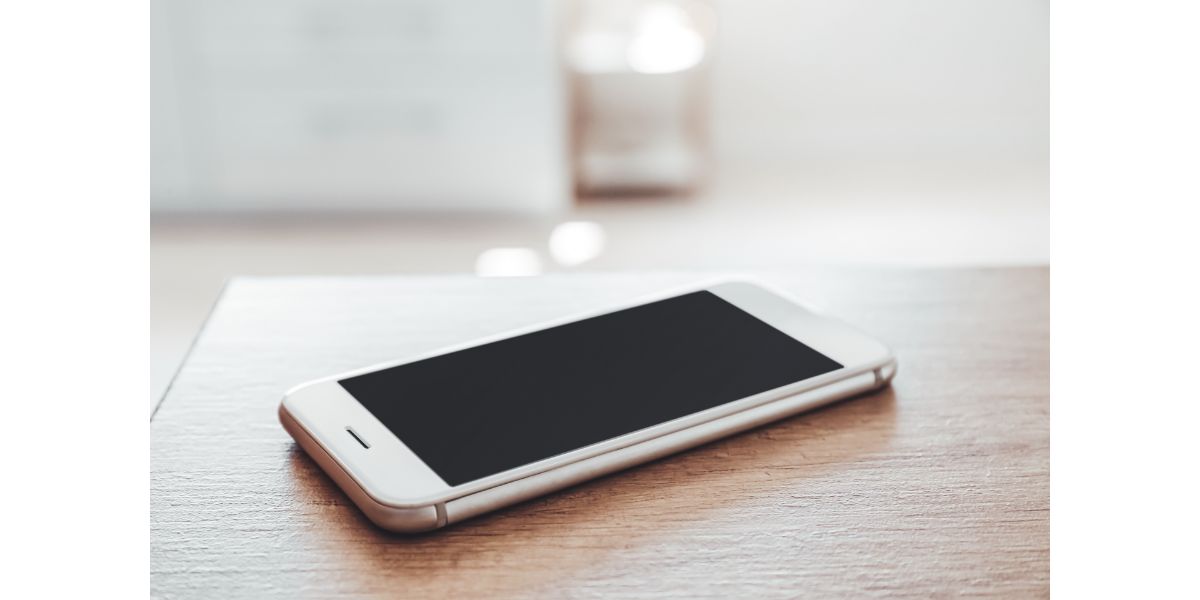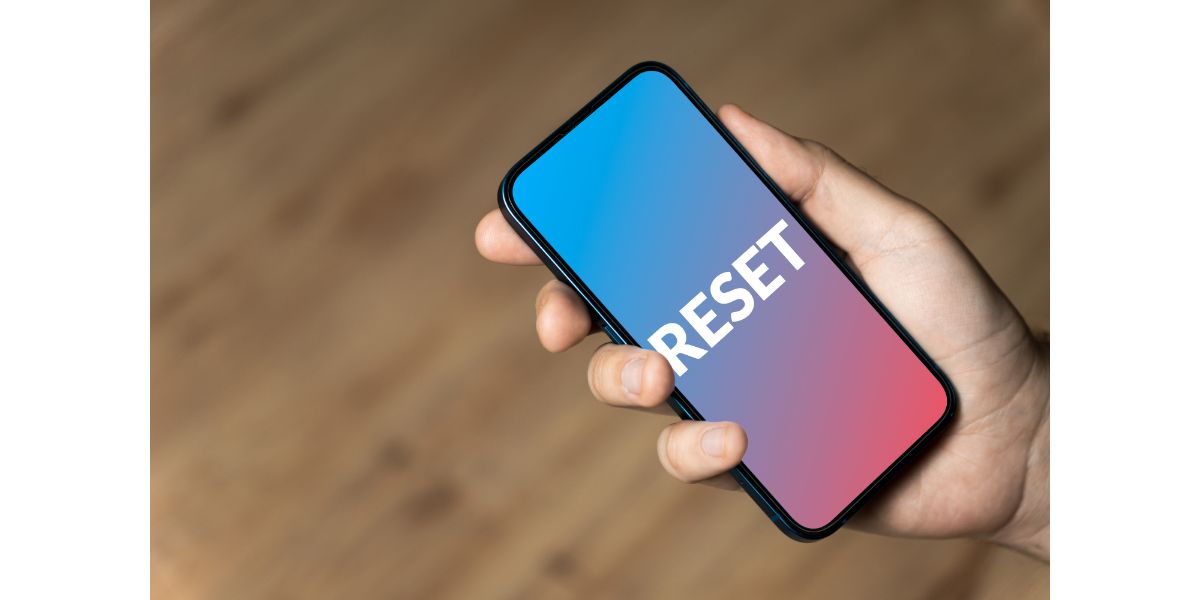Disclaimer: This post may contain affiliate links, meaning we get a small commission if you make a purchase through our links, at no cost to you. For more information, please visit our Disclaimer Page.
Modern telecommunications devices offer much more to their users today. In terms of functionality, a phone can send and receive both calls and messages, take pictures with great resolutions, facilitate chats between large groups of people, help you manage your schedule, provide entertainment options, and much more.
People use their phones for many tasks throughout the day. While charging is probably a standard process for most device owners, they seldom restart their phones. It’s not surprising since phones do not tend to glitch out or have problems with hardware.
However, there are still situations in which either soft or hard resets might be necessary. We will discuss these kinds of scenarios at length in today’s post.
Table of Contents
What Happens if I Restart My Phone?
Before we get into what happens when one restarts a phone, let’s discuss why people don’t do this often.
Once most people set up new phones, there will not be many occasions on which they will turn them off completely. Part of this concerns how often people use phones in their daily lives. From business to entertainment, our phones see much use throughout the day and into the night, and it doesn’t seem necessary for any complete restart once the battery gets some juice.
The other primary reason to forego restarting a phone is its hardware and operating systems. You can think of modern smartphones as small computers you can transport in your pocket. Indeed, they can perform many of the same functions you might expect from a desktop or laptop, though sometimes not to the same degree.
However, a phone’s OS becomes erratic because of a single app, not the whole system. Therefore, users restart an individual app without turning off the entire device. However, when things get particularly bad or sluggish, it can be beneficial to continue the whole unit.
When things like this happen, restarting the phone is one of the most straightforward fixes you can do yourself. However, some people may be reluctant to do this, and they could worry about data loss once the phone starts up again.
During a proper restart, the whole phone shuts down its operating system before it turns off. Once you power it back on again, the hardware inside the device will boot the operating system again. However, there are vital differences in how the OS will act when it comes off a fresh restart.
Like a typical computer, your smartphone has a random-access memory (RAM). This memory keeps some of your phone data ready for quick retrieval when you access any app.
The RAM helps your device operate quickly and seamlessly. It ensures that many of the functions different apps use can go smoothly. Resetting or restarting your phone clears the RAM that the device uses. If you’ve never restarted your phone since you set it up, each app you activate and use takes up space in your phone’s random-access memory.
More apps use more significant amounts of your RAM, but you can close different apps manually. While this action should clear some space by itself, it doesn’t necessarily close those apps entirely. Instead, bits of data from these apps can stick in the system, keeping some of the RAM occupied when it could be free to help running apps become more efficient.
Of course, your operating system will do its best to move things around to help more recent apps run, but you still might see that the phone isn’t performing as smoothly as it was before.
Restarting your phone does a few things, but primarily it frees up the RAM to store app data. As a result, your phone will receive a speed or performance boost after such a restart. It also rids the smartphone of anything that isn’t using its resources properly. Lastly, it prevents unwanted memory leaks related to the RAM.
Will I Lose My Photos if I Restart My Phone?
Typically, you should not lose any photos if you restart your phone. First, however, it is essential to clarify what kind of restart you want to do. In the tech world, it is relatively common to differentiate between restarts and different types of resets for electronic devices.
We will dig deeper into these differences in another section of our article, but basic resets only turn devices on and off. When this happens, the memory clears app data. Unfortunately, the operating system will also turn itself off, and no system processes on the phone will run.
However, none of this data clearing deletes information from the phone itself. Instead, it clears the memory, but no apps delete any of their content when you perform this action.
On most smartphones, the photos you take and save to the devices will go into a particular location. An app that connects to the images manages the site and its contents. Because simply restarting the phone doesn’t do anything to this data, the action won’t delete any photos from the device.
Should You Reset Your Phone Often?
The real answer to this question is up to each individual. However, we can offer some recommendations that readers may wish to use as guidelines.
How often you perform a basic reset depends on what you need to do. Although there is no hard rule, you may find it a good idea to turn your phone off and on again once a week or so.
If you think the device is running as smoothly as it should, you could stretch this timeline to every few weeks. Some people may never do soft resets of their phones unless they notice a concrete problem.
While this can be a helpful strategy for some, regular soft resets could benefit your phone. The memory clears up, apps start running fresh, and you may be able to optimize your device’s performance beyond just asking the Settings app itself to do it.
For anything beyond a soft restart of the phone, there is little reason to do it unless you notice a specific problem. For example, if your smartphone cannot run apps the way it should, or if some files have corrupted bits of data, doing other kinds of resets could clear out these issues.
However, these resets are in a separate category for a reason, and some of their effects on your phone’s data can be more far-reaching than any simple restart. So in many cases, resets of this type should not be your first option.
What’s the Difference Between a Soft Reset, a Factory Reset, and a Hard Reset?
A soft reset is just a way to freshen up your phone by turning it off entirely for at least a few seconds. In contrast, hard or factory resets have much more to do with the system settings in the phone. Therefore, they impact how the phone behaves at its most basic level.
Consequently, it isn’t usually a good idea to do either of these resets without an obvious issue causing you a problem. In short, hard resets reset the hardware inside your phone.
Typically, this will be something you do to one part of the device rather than the whole system. Therefore, it is most effective if you notice any bug impacting that part.
Conversely, factory resets do affect the entire phone. In almost every case, you would only want to perform a factory reset when your goal is to wipe any data from the device.
It would include your data, app data, files, and other things you put on the phone after receiving and setting it up for the first time. It would be as if the phone came to you brand new from the factory again.
Should I Back Up My Files Before Resetting My Phone?
If the reset you would like to do pertains to altering the data on the device in any way, back up your phone first. Doing so can store this information in a different location, such as a cloud-based service or external card, and you can put anything of importance back on the smartphone later.
Conclusion
A basic restart of your phone can be a quick and simple way to keep it running at its best as it ages and fills with apps. However, some situations might require you to deal with bugs in particular programs, or you may need to get rid of a system-wide issue.
Either of these latter scenarios could require you to perform a more in-depth reset of your phone, making saving your data elsewhere a crucial step in the process.


